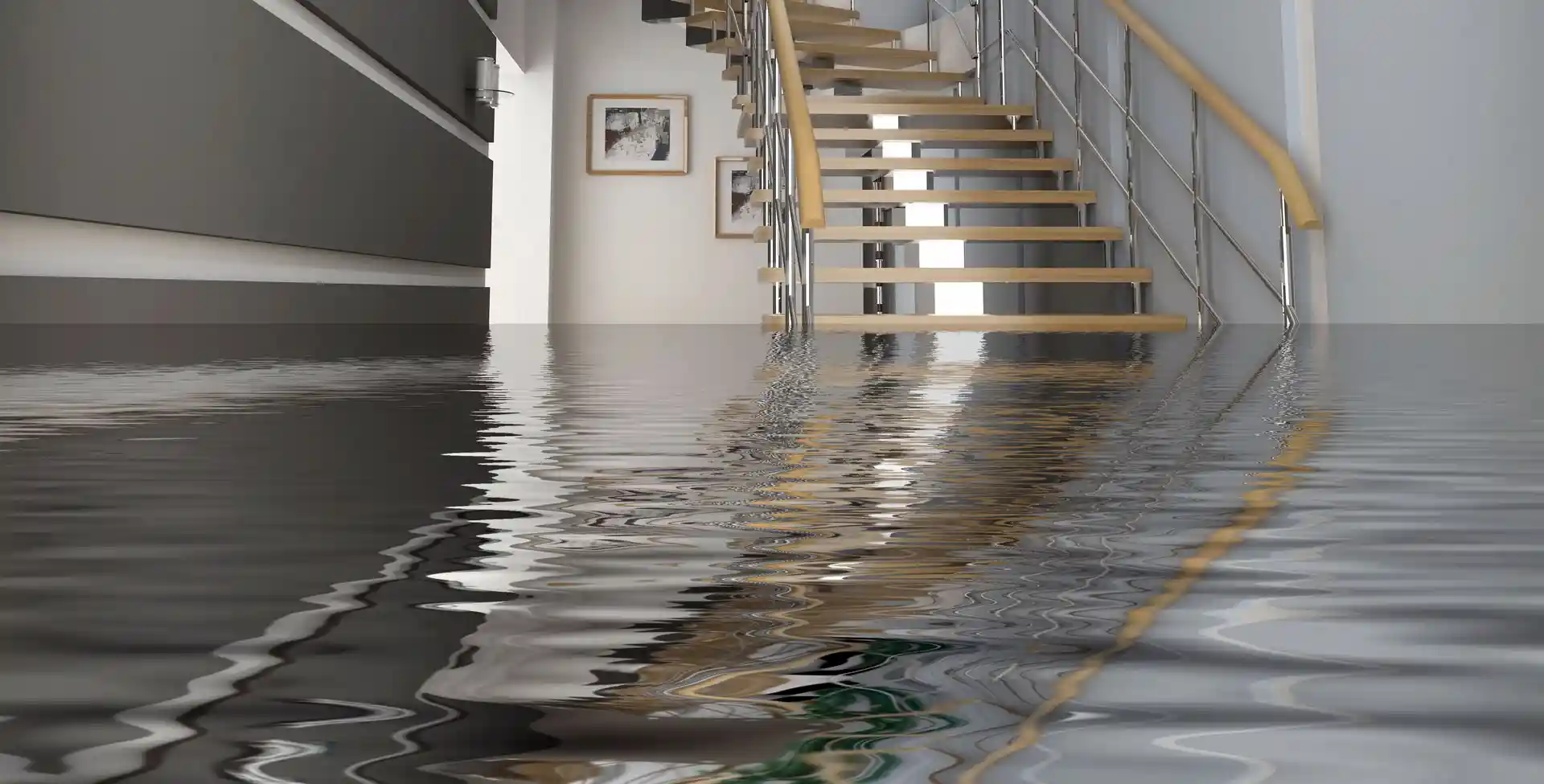Water Damage Restoration Process Explained
Water damage can happen suddenly, and in many cases, it’s severe and destructive. Whether you have a pipe burst or a roof leak or whether your home is flooded from torrential downpours, water damage often leaves you with a messy, stressful, and costly repair project on your hands. Floors buckle, walls stain, ceilings bubble, and even mold begins to grow in 24 hours or less. If you have never experienced water damage, you may be unsure where to begin. This is when a professional water damage restoration service is required.
Restoration is a process that is not only well planned but also well executed and goes beyond mere water removal. It’s a methodical process that protects your property, your health, and your finances. When you know what to expect from water damage restoration, you’re better equipped to start the recovery process than to be blindsided by expensive surprise repairs. The process starts from the moment water enters your home until the final repair is completed.
Step 1: Emergency Response and Initial Inspection
Speed is of the essence in water damage, so the initial response is usually as fast as possible. The earlier the restoration company can stop the water from coming in or minimize the damage, the better. A good company will provide a 24/7 emergency response to get a team on-site within hours of receiving your call.
The first step is to stop the water, if possible, and assess the extent of the damage. The quicker a technician can inspect your property and assess the damage, the faster they can stop further damage from occurring. As time passes, more and more of your property is likely to be affected, and if mold growth is not stopped, there is a higher chance of significant structural and health problems.
Inspection: During the initial inspection, the technician will use moisture meters, infrared cameras, and other specialty tools to inspect both visible and hidden areas of the property. The purpose is to see how far the water has penetrated and what materials have been affected. For example, ceilings and walls, floors, and even the insulation between the walls may all be saturated with moisture. An inspection gives a clear idea of what has to be done to restore the property to its original state.
Step 2: Water Extraction
Once the inspection is complete and the damage is assessed, the next phase of the process is to extract the water. Technicians will use pumps and industrial vacuums to remove all the water they can see on the floors, carpets, and in basements. The faster the water can be removed, the less likely it is to cause further damage to the property.
Water extraction is often carried out in stages, with the largest volume of water extracted first. The technician may then repeat the process to remove more residual moisture from smaller areas like corners and cabinets. Extraction must be thorough, or residual moisture will remain behind, which can lead to mold growth in as little as 48 hours.
Step 3: Drying and Dehumidification
With the bulk of the water gone, the next step is drying and dehumidification. Walls, subfloors, and other hidden areas of your property can often retain moisture, even when it doesn’t look wet. Removal crews will use high-speed air movers and commercial-grade dehumidifiers to ensure all residual dampness is removed from the air and any building material.
Air movers force air into all areas of the affected space while dehumidifiers help to pull the water out. Technicians will use them for several days while measuring the moisture levels until they’re sure the drying process is complete. The drying step is very important and must be carefully monitored to ensure each surface is drying evenly and safely.
Step 4: Cleaning and Sanitizing
Cleaning and sanitizing a required phases of the process. Water often introduces contaminants into your property, which can be both dangerous and unpleasant. If the water is a flood or a sewage line backup, then it may contain bacteria and other toxic chemicals. If the water is from a leaky appliance or roof, the water may still become dangerous when mixed with other things it may come in contact with like dust, drywall, or flooring adhesives.
Professional technicians can sanitize the home using EPA-approved disinfectants that will not harm the surfaces but will remove the lingering bacteria and odors. Walls, floors, cabinets, and even furniture may need to be thoroughly cleaned, deodorized, or replaced if too damaged. Special attention is often paid to high-risk areas like bathrooms, kitchens, and basements.
Step 5: Restoration and Repair
The final step is restoring your home to pre-damage condition, which can include repairing any and all damage that has occurred. Depending on the level of damage, this can mean repainting walls and replacing sections of drywall, or it can mean completely rebuilding entire rooms or replacing floors. Companies often have their own restoration crew, or they partner with local trusted contractors to perform the work.
Repairs are usually made to structural elements, installing new carpet or tile, repainting, and making cosmetic repairs and touch-ups. In some cases, upgrades or waterproofing improvements are often recommended to prevent future incidents.
Step 5: Restoration and Repair
Why Acting Fast is Crucial
Acting fast when there is water damage on your property is critical. While water may look like it’s sitting still, it spreads quickly, especially through porous materials like wood, insulation, and drywall. The longer water sits in your home, the more problems you will likely experience. Mold spores can start to form in as little as 24–48 hours and lead to respiratory issues, particularly for children and the elderly. Your insurance claim can also be impacted. Most insurance policies require the insured to take reasonable steps to limit the extent of the damage. Waiting too long can result in a denied claim or certain repairs not being covered.
Acting quickly is the best way to ensure your property, belongings, and family are safe. Professionals also know how to prevent minor problems from turning into major repair jobs, allowing you to get your life back on track with as little disruption as possible.
How AllStar Can Help
At All Star Plumbing, we understand how traumatic water damage can be on your family, your finances, and your entire life. Our restoration services team is available 24/7 and always ready to respond to your emergency, assess the damage, and take immediate action. With years of experience and state-of-the-art equipment, our professionals are able to ensure every inch of your property is dry, clean, and restored to its former condition.
If you have water damage in your home, do not wait to contact us. Call All Star today, and we will walk you through the recovery process so that you can get your life back to normal as quickly as possible, and with less risk, stress, and expense.
Related Posts



